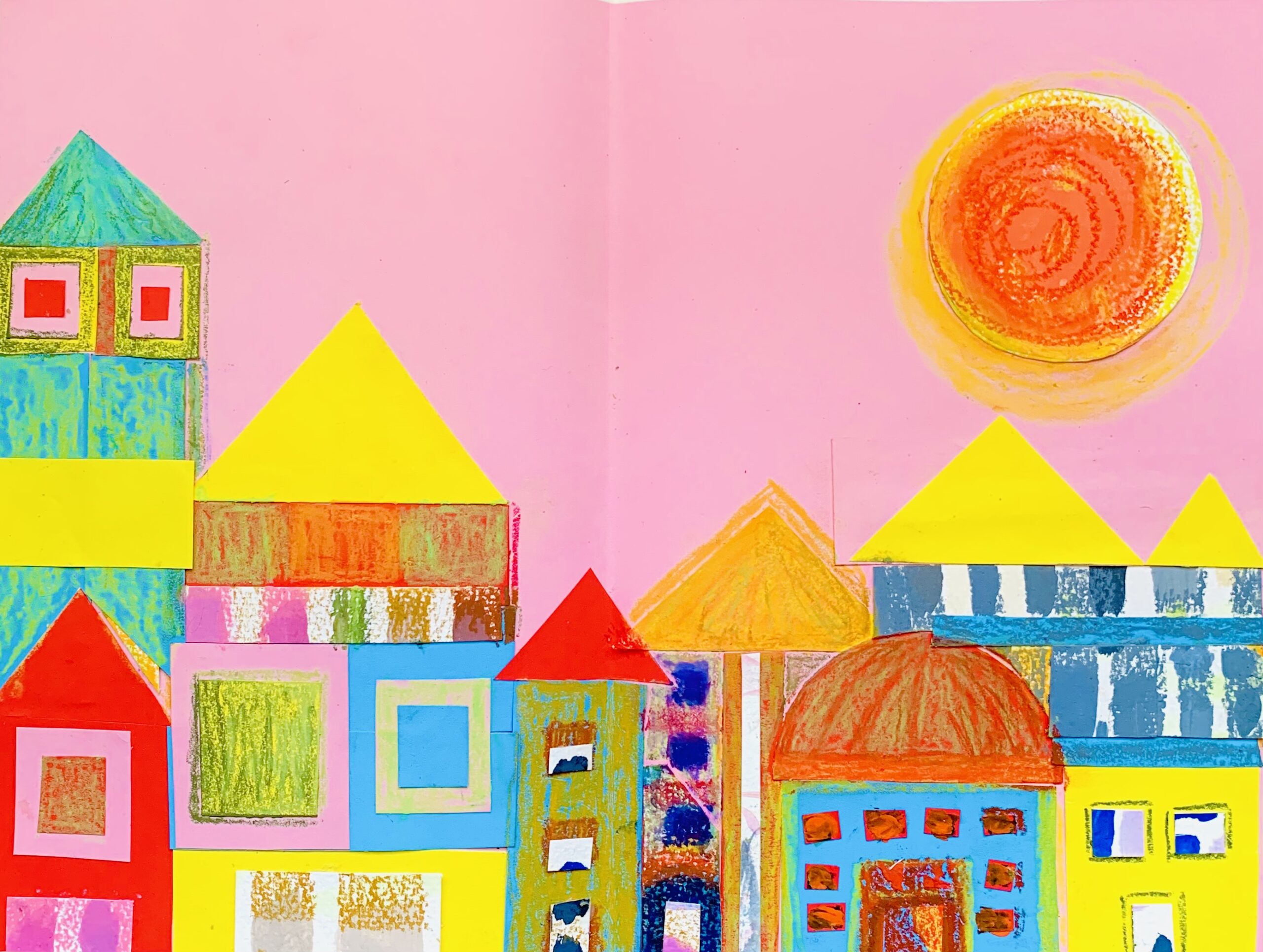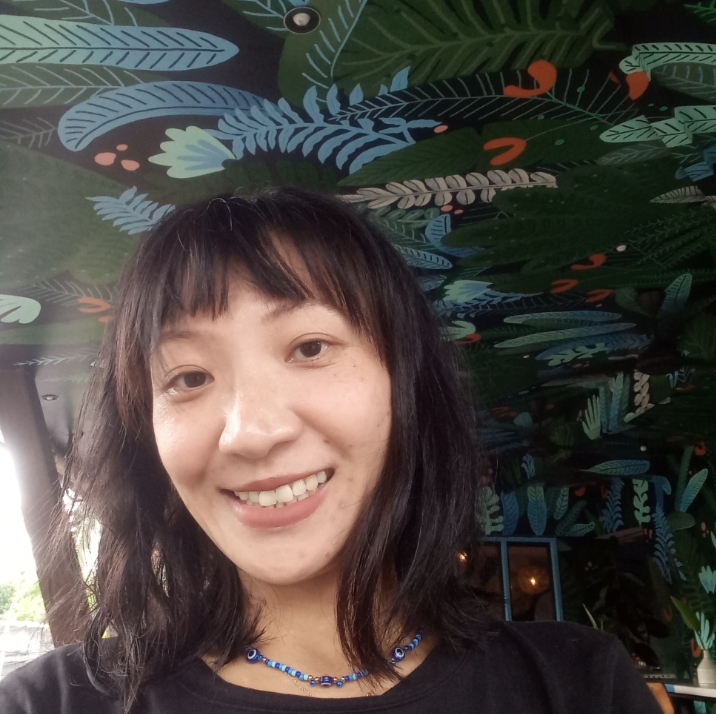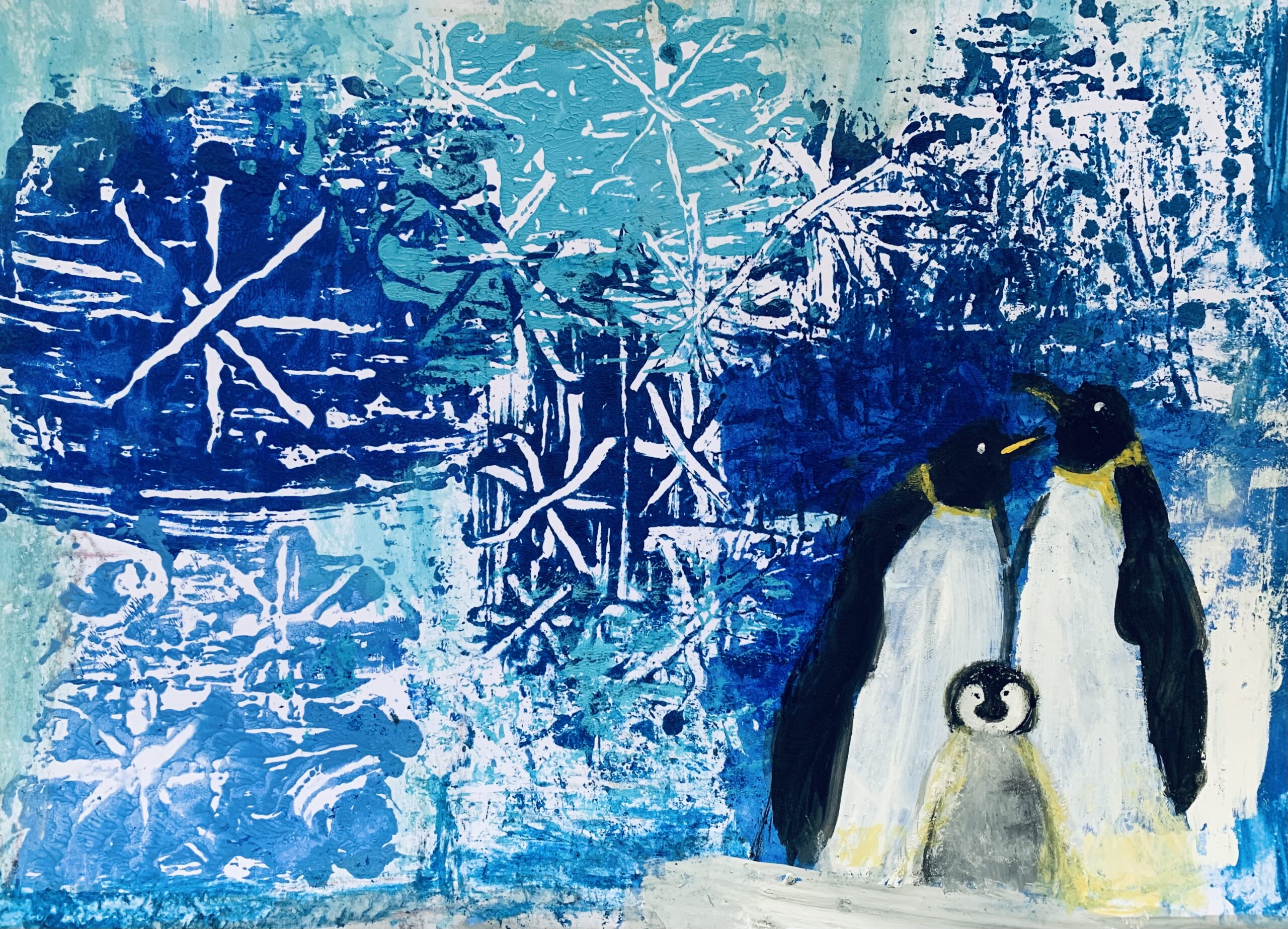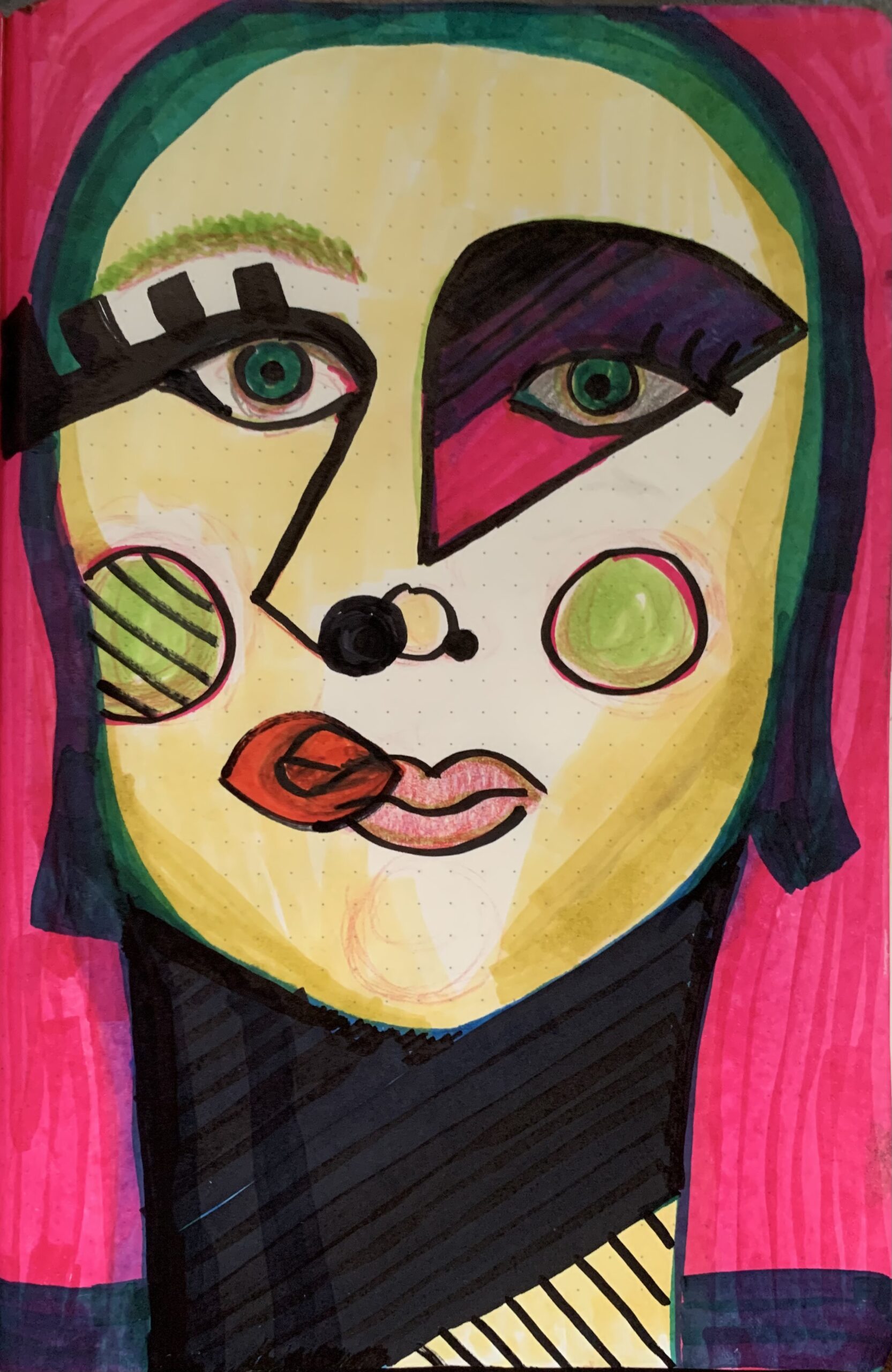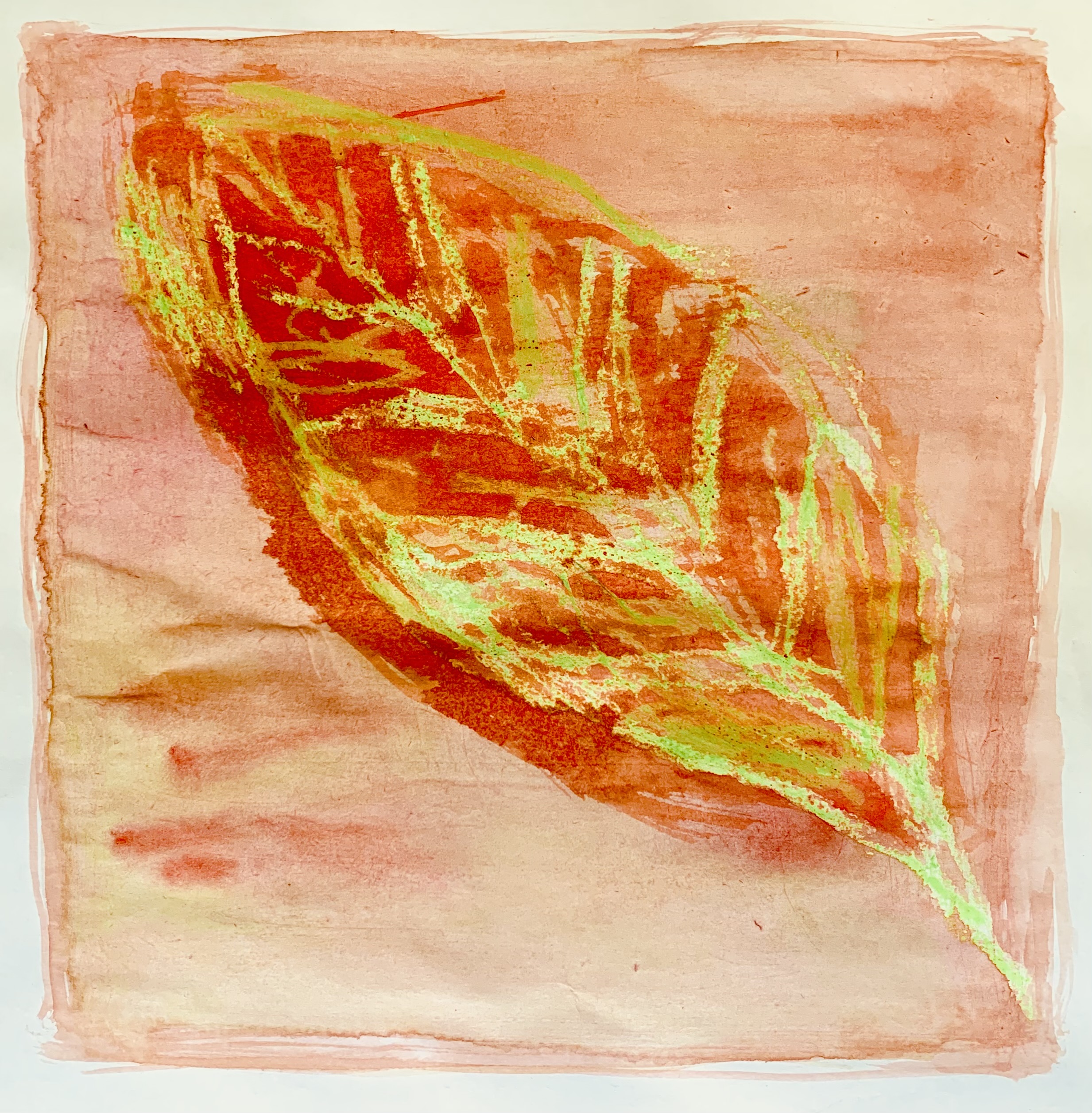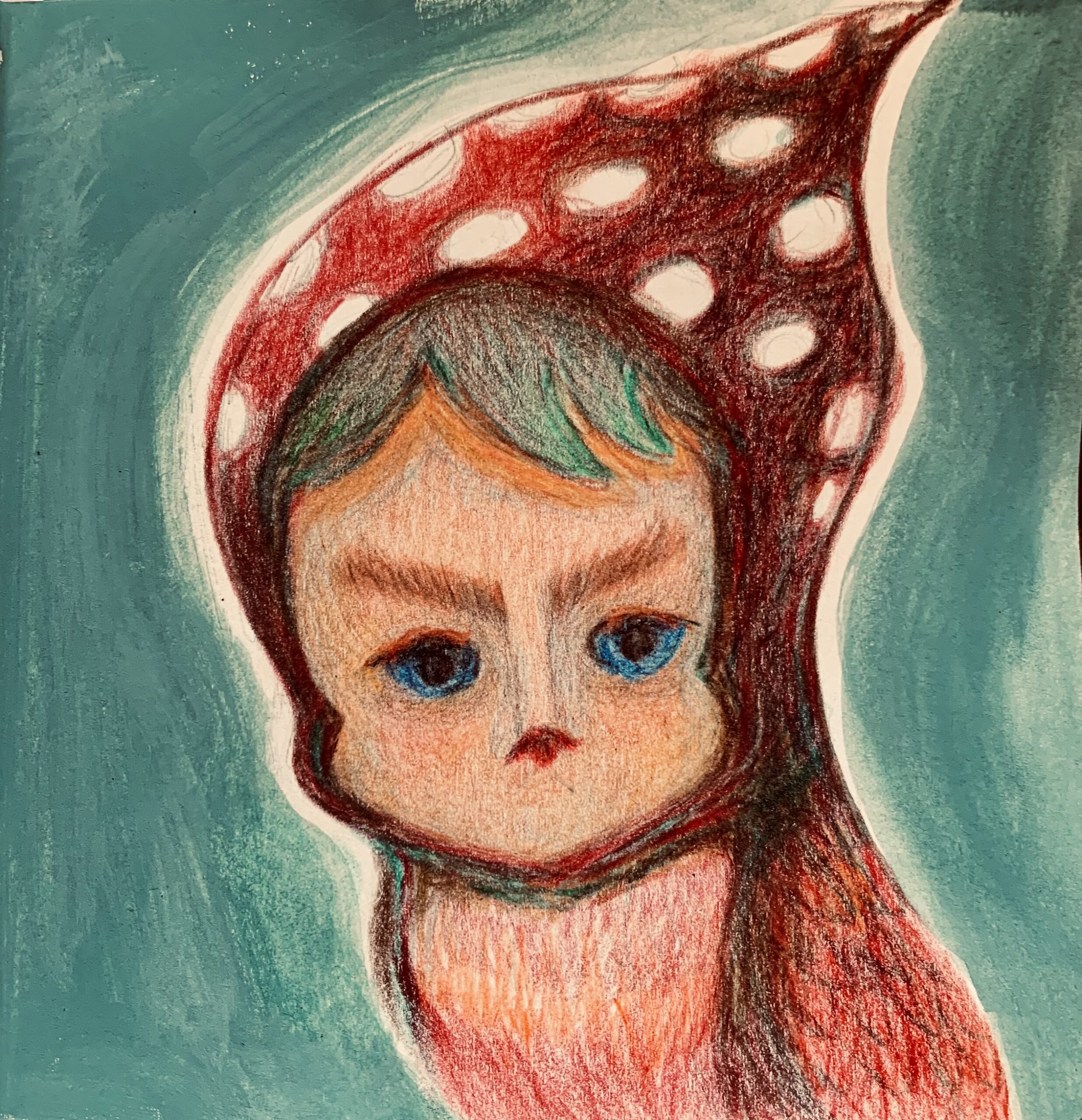- Statement of Inquiry:
Artists use shapes, colors, and lines to create dynamic compositions that express their surroundings and stories. - Related Concept:
How We Organize Ourselves, Composition, Perspective, Abstraction - Global Context:
Personal and Cultural Expression: Exploring how artists depict the world around them using imaginative and abstract representations of everyday life.
Activity:
Title: Design a Colorful Town Inspired by Paul Klee
- Introduction:
- Begin by showing examples of Paul Klee’s cityscape-inspired works, such as “The Red Bridge” and “Castle and Sun”. Discuss how Klee used simple geometric shapes, bright colors, and lines to depict abstract city scenes and landscapes.
- Talk about how Klee’s cityscapes are not always realistic; they use imagination, color, and shapes to create a world that feels both playful and peaceful.
- Step-by-Step Activity:
- Materials Needed:
- Paper, colored pencils, crayons, markers, or watercolors
- Pencil, ruler (optional), eraser
- Instructions:
- Step 1: Start by drawing a horizontal line across the page to represent the ground or the horizon. This line will help separate the “sky” from the “city.”
- Step 2: Add buildings to your cityscape. Use basic shapes like rectangles, triangles, and squares for the buildings. Klee liked to simplify things, so you can use shapes that feel playful and imaginative.
- Step 3: Think about the perspective of your city. Instead of making everything look perfectly realistic, play with the size of shapes and their position on the paper. Larger shapes can be in the foreground, while smaller shapes can appear farther away.
- Step 4: Add some windows, doors, or abstract details to the buildings. These can be simple squares, circles, or lines, just like Klee might have used.
- Step 5: Color your city with bold and bright colors! Don’t worry about what is “realistic”—choose colors that inspire you. You might use contrasting colors for the buildings and the sky to make the city feel more alive and magical.
- Step 6: Add any final touches, like clouds, suns, or abstract lines to give your city movement and energy, just like Klee’s dynamic compositions.
- Materials Needed:
- Reflection:
- After completing their cityscapes, students will share their artwork with the class. Ask them to explain how they chose their shapes and colors, and what their city feels like. Is it a busy city, a peaceful city, or a dreamlike city? Encourage students to describe their creative choices and how they were inspired by Paul Klee.
About Paul Klee and His Art:
Paul Klee (1879–1940) was a Swiss-German artist known for his unique and imaginative approach to art, blending abstraction with playful simplicity. His works often feature bold colors, geometric shapes, and dreamlike scenes that evoke emotion, movement, and personal expression. Klee was deeply influenced by both expressionism and surrealism, and his work explored a variety of styles and techniques over his career.
Klee was also a talented musician, which influenced his art, as he often described his works as “visual music.” He believed that art, like music, could convey emotions and stories without needing to represent the real world directly. This led him to experiment with using simple shapes, colors, and lines to express complex feelings and ideas.
Some of his most famous pieces include “Twittering Machine” (1922), which uses delicate lines to depict a strange mechanical bird, and “Senecio” (1922), a portrait made up of geometric shapes and bright colors. Klee was particularly interested in the idea of abstraction—creating art that wasn’t bound to realistic representation but instead conveyed a deeper meaning through form and color.
In addition to his expressive use of shapes and color, Klee often drew inspiration from nature, childhood, and dreams. His works can feel whimsical and childlike, but they also contain layers of complexity that reflect his understanding of art, emotion, and the world around him.
Paul Klee taught at the Bauhaus School in Germany, which was known for promoting modern design and art. His influence is still felt in contemporary art, and he remains one of the most important figures in early 20th-century abstract art.
Inspiration (Museums, Links, Examples):
- Museums/Resources:
- The Paul Klee Center (Zentrum Paul Klee) in Bern, Switzerland offers a great collection of Klee’s cityscape-inspired works. Paul Klee Zentrum
- The Museum of Modern Art (MoMA): MoMA has a collection of Paul Klee’s works, including cityscapes. MoMA Paul Klee Collection
- Examples of Klee’s Cityscapes:
- “The Red Bridge” (1927) – A vibrant, abstract interpretation of a bridge and city, using geometric shapes and bold color contrasts.
- “Castle and Sun” (1928) – A stylized cityscape with an imaginative castle, highlighting Klee’s use of flat color blocks and playful shapes.
- Video Inspiration:
- Watch a video about Klee’s imaginative and abstract cityscapes: Paul Klee: Cityscapes and Urban Inspiration.
- Interactive Activity Links:
- Explore Paul Klee’s abstract cityscapes with this interactive gallery: Klee Digital Exploration
This lesson introduces students to abstract cityscapes and challenges them to think creatively about the way they can represent a city through simple shapes, colors, and imagination, just like Paul Klee did in his artwork!


